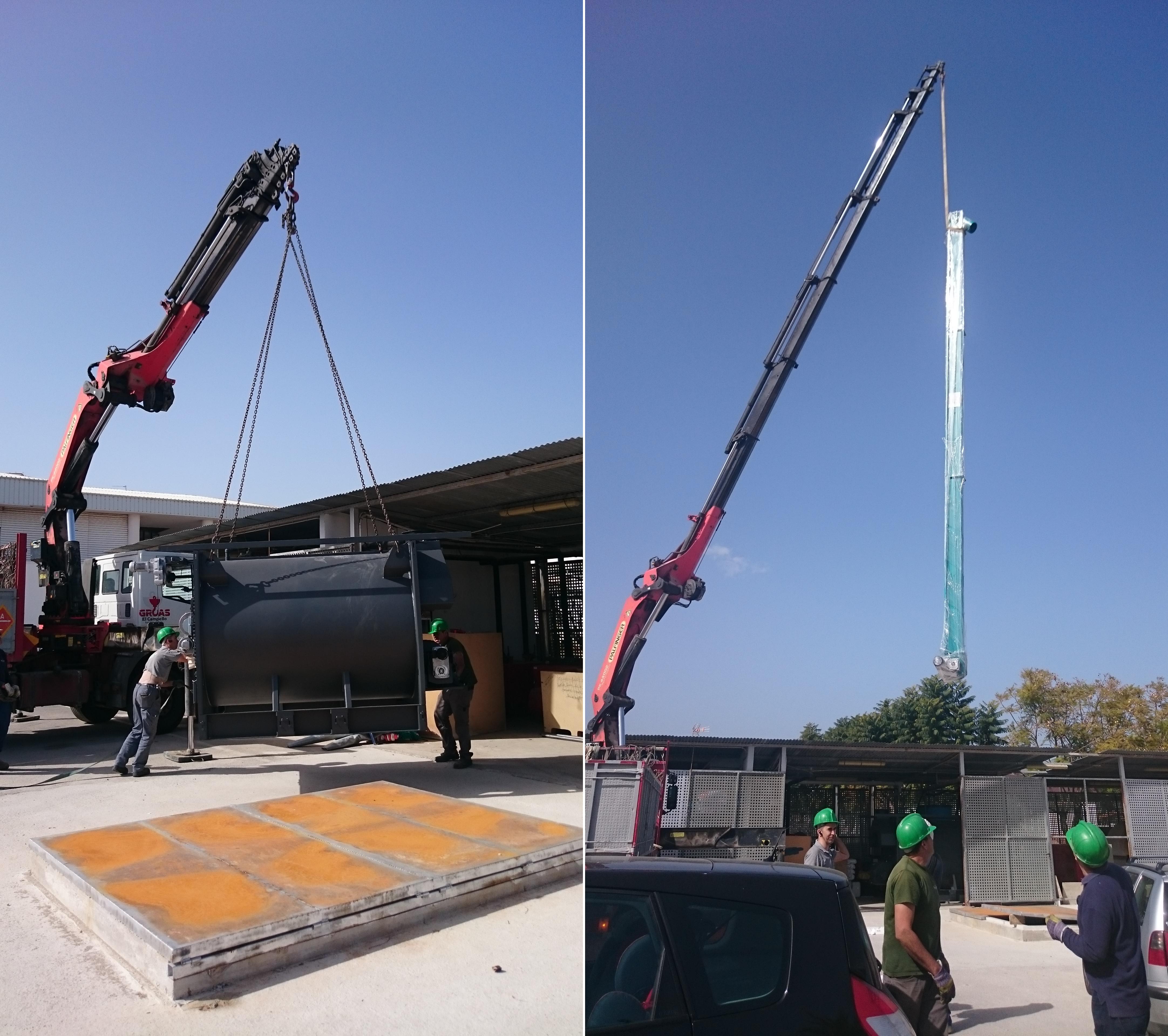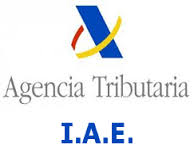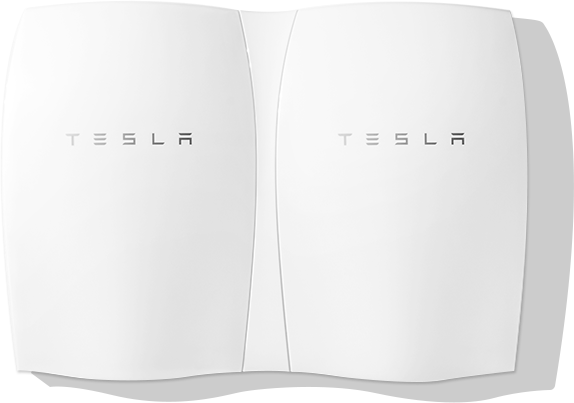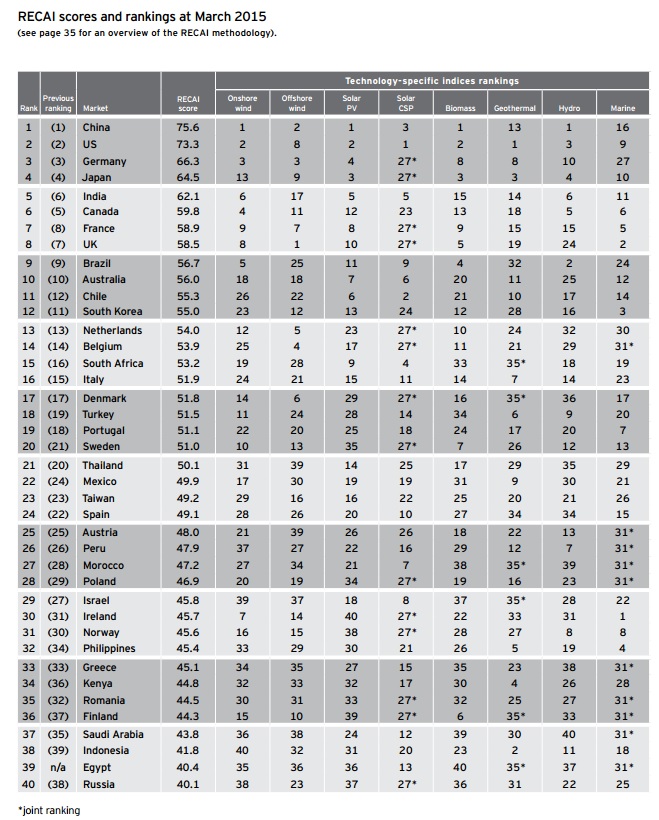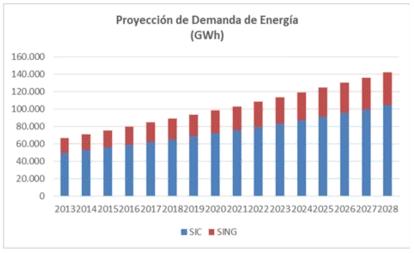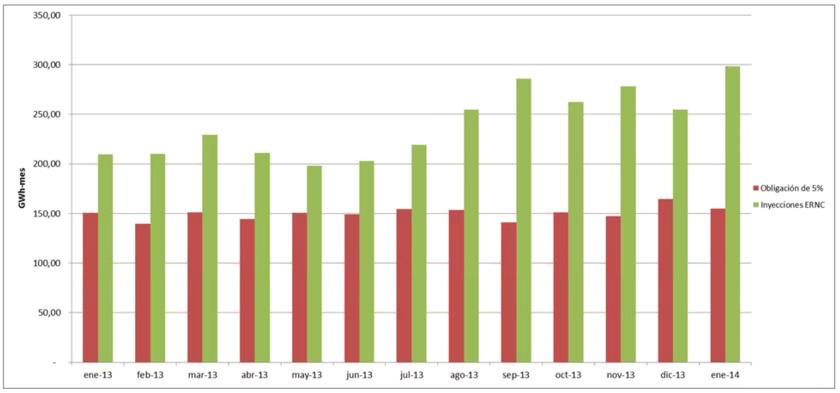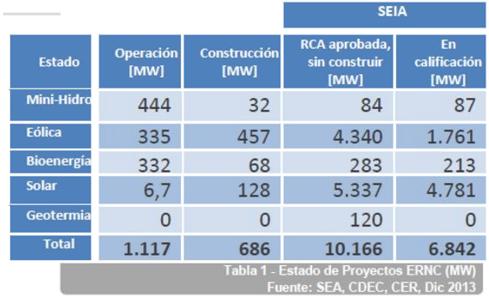According to data provided by ISO in your ISO Survey 2012 (last official publication), the implementation and certification of management systems of power in accordance with ISO 50001, is having a high degree of acceptance. If we look at the study, the standard that had the greatest impact in the year 2012 worldwide was the ISO 50001 with growth of 332% respect 2011 and 1981 certifications. Try it, the number of annual certifications is not comparable with ISO 9001 the 14001, with 1.101.272 and 285.844 respectively certifications 2012.
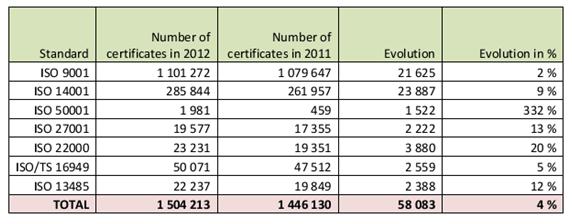
Interest in improving energy efficiency in companies and institutions results in a significant growth. Europe and Southeast Asia are the areas that have shown interest in this standard. The following graph shows the evolution of the certifications in the world since the emergence of the rule until early 2014.
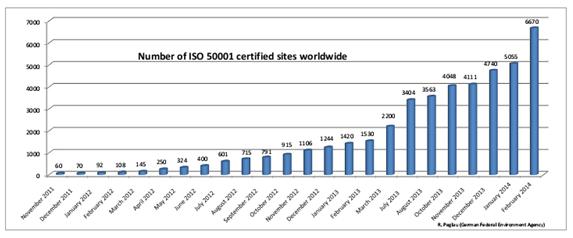
Regarding Europe, Spain ranked second, behind Germany and ahead of Denmark Total number of certifications, while in Germany, Dinamarca e Italia, this order, were the countries where growth was higher.
Focusing on Spain, worth looking back. Mainly due to the following reasons;
- Commitment of the member states of the European Union to reduce, for the year 2020, Primary energy consumption and emissions of greenhouse gases by 20% for the year 1990. So the European Commission's Press 13 November 2008 indicates how increasing energy efficiency is the best way to reduce energy consumption, while maintaining an equivalent level of economic activity.
- Decision 406/2009 European Parliament and Council 23 April 2009 on the effort of Member States to reduce their emissions of greenhouse gases to meet the commitments made by the Community to 2020, states, to procede, the Commission will propose new or more stringent measures to accelerate improvements in energy efficiency, later than 31 December 2012.
- Approval by the Spanish Government of the Energy Efficiency Strategy 2004-2012 from which are derived the Action Plans 2005-2007 and 2008-2012 Energy Saving and Efficiency.
- Sustainable Economy Act sets in 16 different articles the need to reduce energy intensity and enhance the efficiency and energy saving.
Standard was developed UNE 216301:2007 Energy Management System, whose requirements can be recognized certificates issued by third, thus enhancing the voluntary initiatives of organizations in the field of energy. It is in the year 2007, when you start to certify energy management systems based on this standard. About a hundred companies were certified by this rule.
In February 2010 the standard was issued IN 16001:2009, whose requirements and principles are almost identical to the UNE 216301:2007. This standard aims to help organizations systems and processes necessary to improve energy efficiency.
But why implement an energy management system? One could list many reasons for implementing a system of energy management. Leaving aside the purely commercial, indicated below, from the point of view of the editor, major:
- Knowledge of weight around a product or service and business competitiveness. Many companies are unaware of the percentage that the cost of energy represents of your product or service, preventing them more competitive from the economic point of view.
- Involvement of all parties that are part of the production process or service.
- Clearance responsibilities. It indicates who will be part of the implementation process, maintenance and improvement of the system.
- Implementation of a continuous improvement cycle by PDSA scheme (plan-do-check-act).
- Implementation of systematic in the collection and use of energy. From this moment, supply should be evaluated from an economic point of view and quality. Similarly the use of energy should be as efficient as the direction determined by the scope and limits of the management system, and thus be reflected in its energy policy.
- Introduction of energy audits. Checking the status of energy consumption and implementation of corrective measures. Important to have a reference before the implementation process by defining the energy baseline.
- Registration and posting of consumption. Need, as far as possible, to know where, how and when energy is being consumed by a side to serve energy audit process and performing other checks implementation of measures.
What reasons have to certify? Although domestic consumption has been weakened, the increase in exports has caused companies want to implement and, in the best, certify, the energy management system. Two main reasons, as with the ISO 9001 o ISO 14001, They are responsible for certification:
- Differentiation in the internal market. Differentiation is a competitive advantage over other companies / entities in a priority sector and provides some public tenders.
- Need for foreign market. The increase in exports to countries where the implementation of systematic methodologies usual, make it necessary to live up to its customers through energy policies and quality that are in line. Recall the reputation of energy management systems in Germany.
About the UNE EN ISO 50001:2011
UNE EN ISO 50001:2001, provides the requirements for an energy management system in order to make continuous and systematic improvements in companies and institutions. ISO 50001 was published in mid-June 2011, the 26/10/2011 Steps to be EN ISO 50001 y a final de 2011 UNE EN ISO 50001:2011.
ENERGON INGENIEROS provides energy management services such as energy audits, implementation of Energy Management Systems, measurement and verification plans and advice to energy service companies.
If you liked this article, compártelo.

